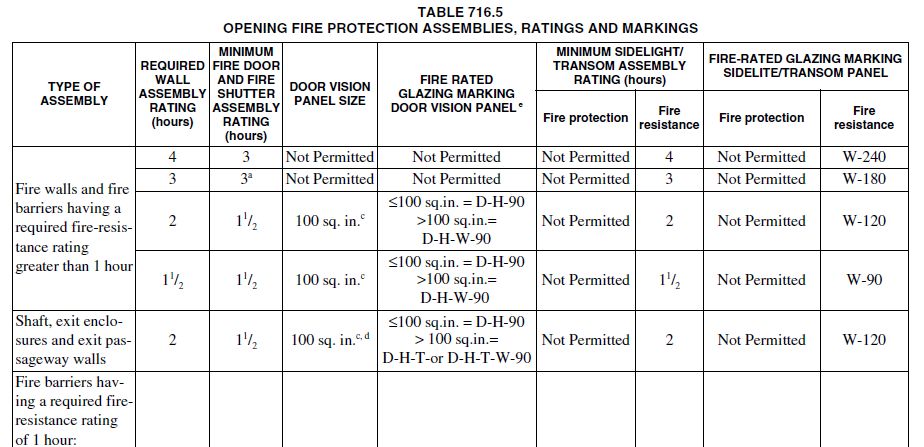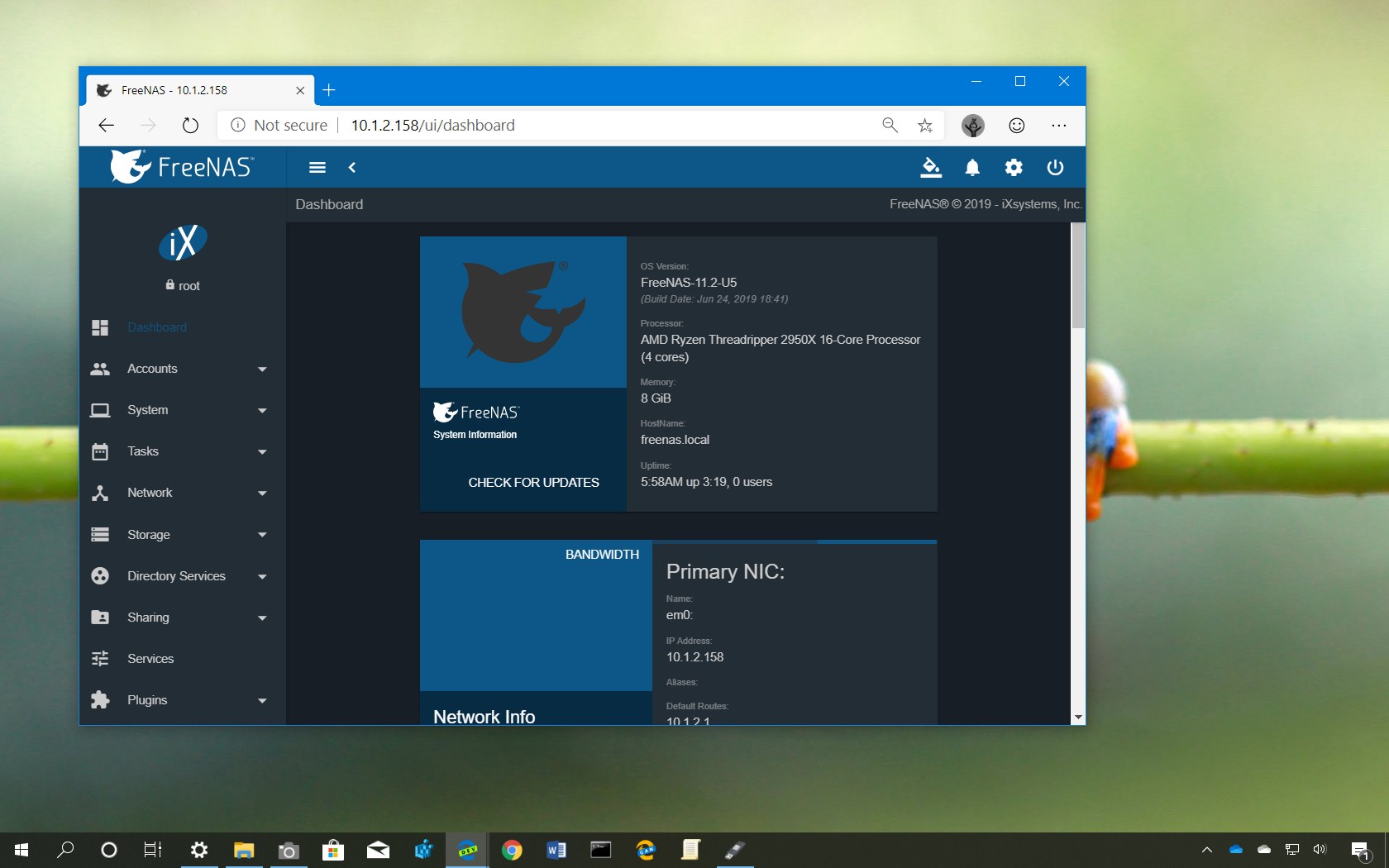
- #Openzfs hardware requirements update#
- #Openzfs hardware requirements driver#
- #Openzfs hardware requirements full#
ZFS can be made to scrub all the data in a storage pool, checking each piece of data with its corresponding checksum to verify its integrity, detect any silent data corruption, and to correct any errors in encounters where possible.

ZFS is a 128-bit file system, which means that in theory it could store 256 quadrillion ZB (a ZB is a billion TB.) In practice, this is larger than would ever be necessary, for the foreseeable future at least. This can slowly be moved over to conventional hard drives for more permanent storage when time and resources allow. It also uses a technology called L2 ARC (adaptive replacement cache) to write data that has to be stored immediately. When these are configured as high performance cache disks, ZFS uses them to hold frequently accessed data to improve performance. High performance SSDs can be added to a storage pool to create a hybrid storage pool. Setting up a RAIDZ (or RAIDZ2) array is very easy and involves issuing one command. RAIDZ2 works in a similar way, but can tolerate the loss of two disks in the array using double parity. This, together with ZFS’s copy on write characteristic, eliminates the RAID 5 write hole completely.
#Openzfs hardware requirements full#
RAIDZ gets around this problem by using a variable width stripe, so every write is effectively a full stripe write. The only way out of this is if an entire stripe happens to be overwritten, thus generating a correct parity block. If a disk then fails, the RAID reconstruction process will result in incorrect data. As a result, the data and parity for the stripe will be inconsistent. This causes a problem when a data block is written to a stripe but a power failure occurs before the corresponding parity block can be written. RAID 5 has a well-known flaw called the RAID 5 write hole. If more storage is needed, then more drives can simply be added to the zpool - ZFS sees the new capacity and starts using it automatically, balancing I/O and maximizing throughput. This can be optimized for capacity, or I/O performance, or redundancy, using striping, mirroring or some form of RAID. ZFS takes available storage drives and pools them together as a single resource, called a zpool. Snapshots can also be made writable to create clones of existing file systems.
#Openzfs hardware requirements update#
Recovering a file that has been overwritten by mistake or rolling back the system after an unsuccessful update is then just a matter of moving the slider back to the appropriate snapshot time. As this is done, the view changes to show the state of the file system or the contents of a folder at the corresponding snapshot time. TimeSlider offers a view of the file system (or a home folder), with a slider that can be moved back along a timeline to earlier snapshot times. These snapshots are very small and efficient, as only the deltas from the previous snapshot are stored. ZFS can be configured to take a snapshot of the file system (or a section of it, such as just a user’s home folder) on a regular basis - every 15 minutes, or every hour, and so on.

The latest version of OpenSolaris illustrates the power for ZFS’s snapshot capability with a small graphical application called TimeSlider. File writes using ZFS are transactional - either everything or nothing is written to disk. The old data may be retained, creating snapshots of the file system through time as changes are made. What this means is that when data is changed it is not overwritten - it is always written to a new block and checksummed before pointers to the data are changed. ZFS ensures that data is always consistent on the disk using a number of techniques, including copy-on-write.
#Openzfs hardware requirements driver#
Unlike a simple disk block checksum, this can detect phantom writes, misdirected reads and writes, DMA parity errors, driver bugs and accidental overwrites as well as traditional “bit rot.” The file system uses a 256-bit checksum, which is stored as metadata separate from the data it relates to, when it writes information to disk. Checksums in Metadata for Data Integrityĭata integrity is of paramount importance in ZFS, and is the driver for many ZFS features. Here are the top 10 features that ZFS fans find insanely great:ġ.


In the future it may well become a popular file system to run with Linux and BSD as well. It was originally designed for Solaris and unveiled in 2005, but you’ll also find it in OpenSolaris and related distributions. Sun’s ( NASDAQ: JAVA) open-source ZFS file system has some amazing features.


 0 kommentar(er)
0 kommentar(er)
